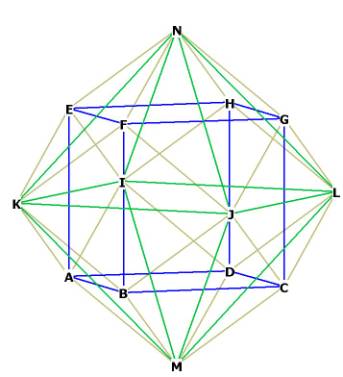|
(2016
premidterm assignment) Model Student Pre-midterm answers 2016 (Index) Essay 2: Personal / professional research topic proposal |
 |
Tom
Britt
20
February 2016
Scotty, Beam Me Up
Not only have I always been an avid reader, but the world of
science-fiction, or literature of the future, has always fascinated me. Chiefly,
the concepts of advanced technology within stories of far-off worlds and
impossible encounters have always tickled the part of my brain that prefers to
imagine how the world around me could change and evolve in the coming future.
Something that has always resonated with me, though, is that the themes that
this sect of literature creates is almost always a commentary on our own present
space in time. The conscious, or unconscious, desires and anxieties of
contemporary culture can, most of the time, explain the idealized projections of
the future we create.
When
Star Trek first hit the airwaves in
1966, an entire half-century ago, it featured themes of a futuristic, Utopian
society, as well as an unprecedented representation of racial equality. While
the show’s popularity did not entirely take off until it reached syndication in
1969, it became increasingly apparent that television audiences were hungry to
see a mixed race cast of characters and appreciated the fact that the first
African-American officer appeared in a recurring role. Keeping in mind that
Martin Luther King’s famous “I Have a Dream” speech was delivered in 1963 and
Dr. King was assassinated in 1968, there is an incredible amount to be said for
the contradiction and division of the American people’s views on race in that
decade. The way in which a television program can make such a statement in a
time of volatile race relations is astounding to me, and it is something that I
would like to examine further in the texts presented in this course.
 |
 |
 |
